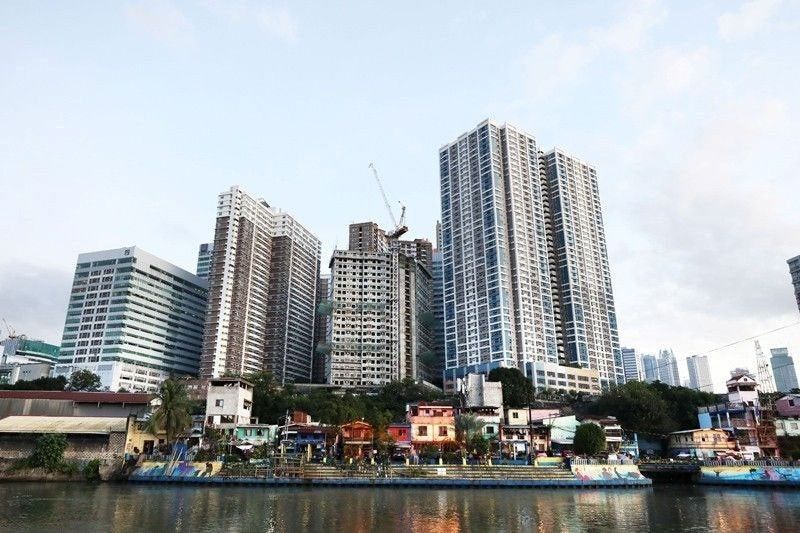‘Road to Philippine economic rebound gets more bumpy’

MANILA, Philippines — The path toward economic recovery continues to dim as the new wave of COVID-19 cases from a more transmissible variant is now being felt, with vaccine rollout still lacking pace than needed.
In its latest economic preview, market intelligence firm IHS Markit said the pace of economic recovery this year is now likely more constrained than previously expected.
The domestic economy jumped 11.8 percent in the second quarter but this was mainly due to low base effects from last year’s record contraction and even posted a decline on a quarter-on-quarter basis.
“While the Philippine economy is still expected to show a positive growth rebound in 2021, the near-term outlook has been dampened by the rising wave of new COVID-19 cases since mid-March,” IHS Markit Asia-Pacific chief economist Rajiv Biswas said.
The spread of the variant, which also wreaked havoc on neighboring Southeast Asian economies, prompted the government to reimpose the strictest quarantine measure in Metro Manila and other provinces, the third round since the pandemic started last year.
While daily cases plateaued in May and June, the Delta variant has caused a massive upturn in new cases since July.
“Consequently, the pace of economic recovery in 2021 is likely to be more constrained than previously expected, with renewed pandemic control measures limiting the momentum of growth recovery in the near- term,” Biswas said.
“Vaccine rollout in the Philippines has also been constrained by lack of sufficient supplies of imported vaccines,” he said.
Latest government data showed that some 24.48 million doses have been administered since vaccination started in March.
About 10.7 percent or 11.39 million Filipinos have been fully vaccinated while those who were given at least one dose reached 13.09 million or some 12.4 percent of the population.
“A key problem confronting the Philippines, like many other developing countries, is that it is relying on imported vaccine supplies and is therefore vulnerable to supply disruptions due to vaccine nationalism,” Biswas said.
Some nations with vaccine production facilities prioritize supplies for their own domestic populations due to the mounting human toll of the pandemic.
For now, IHS Markit retained its 2021 gross domestic product forecast for the Philippines at five to six percent, still below government targets.
Nonetheless, IHS Markit is expecting a stronger GDP of around 7.7 percent by next year as the pandemic is gradually restrained by widening vaccine rollout, resulting in more normal economic conditions.
“The outlook for 2022 is positive as sentiment among Philippine manufacturing firms regarding output expectations over the next 12 months had improved to a four-month high,” Biswas said.
“The gradual progress of the COVID-19 vaccination program has underpinned hopes of a return to normality over the next 12 months,” he said.
- Latest
- Trending































